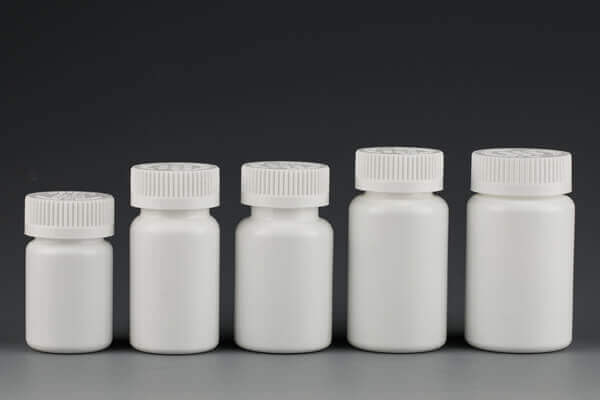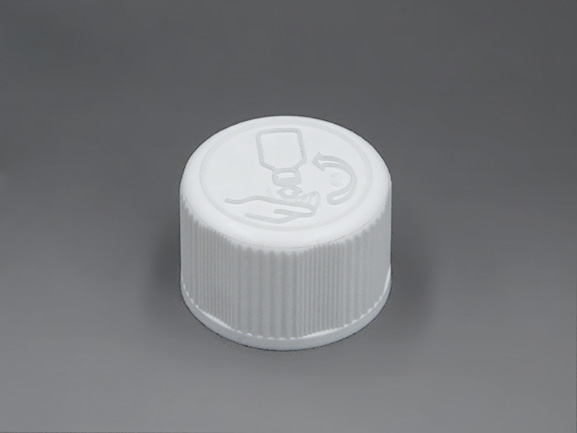As pharmaceutical technology continues to advance, the safety of medicine packaging—especially for children—has become a key focus for regulatory authorities and pharmaceutical manufacturers worldwide. Child-resistant caps (CRCs) are now recognized as a crucial safety component in the packaging of oral liquid and solid medications. To ensure global consistency and consumer protection, international standards such as ISO 13127 and CPSC 16 CFR §1700 have established clear testing and compliance requirements for child-resistant packaging.
HDPE bottle with child resistant closure
1. Why Child-Resistant Packaging Matters
Each year, thousands of cases of accidental medication ingestion by children are reported worldwide. Most of these incidents occur when children access household medications without adult supervision.
Child-resistant packaging was developed to address this safety risk by requiring a combination of actions—typically “push down and turn”—that are difficult for young children to perform, but remain convenient for adults to open.
Beyond its mechanical design, CRC packaging represents a broader commitment to pharmaceutical safety, family protection, and brand responsibility.
2. ISO 13127:2012 – Mechanical Testing for Child-Resistant Packaging
The ISO 13127:2012 standard defines the testing procedures and performance requirements for reclosable child-resistant packaging systems. It focuses on mechanical performance validation, including:
Torque and compression tests for opening force;
Structural integrity assessments under repeated use;
Functional testing simulating both adult and child interactions.
Manufacturers must demonstrate that their packaging design effectively prevents access by children while remaining easy for adults to open and reseal.
For global pharmaceutical companies, compliance with ISO 13127 is not only a quality benchmark but also a prerequisite for market entry in many regions.
28mm child resistant cap for liquid
3. CPSC 16 CFR §1700 – U.S. Regulations for Poison Prevention
In the United States, the Consumer Product Safety Commission (CPSC) enforces the Poison Prevention Packaging Act (PPPA) under 16 CFR §1700, which sets out specific requirements for child-resistant packaging used in pharmaceuticals and household products.
According to these regulations:
Child-resistant closures must pass a child panel test (involving children aged 42–51 months) to verify that at least 85% cannot open the package within five minutes;
They must also undergo an adult-use test to confirm that at least 90% of adults can open and properly reclose the package.
The combination of these tests ensures that the packaging provides a balanced design—safe for children, yet user-friendly for adults and seniors.
4. Global Compliance and Industry Implications
As the pharmaceutical market becomes increasingly globalized, compliance with ISO and CPSC standards is essential for manufacturers who wish to export or register their products internationally.
These standards not only unify safety expectations but also encourage innovation in packaging materials, ergonomics, and sustainability.
For example, CRC designs are evolving from traditional spring-and-cap mechanisms to integrated double-layer structures that improve both safety and production efficiency.
5. Looking Ahead
As regulations evolve and public awareness of child safety continues to rise, the importance of compliant child-resistant packaging will only grow.
Xinfuda will continue to work closely with pharmaceutical enterprises to deliver advanced CRC solutions that not only meet international standards but also promote safer and more responsible medicine use around the world.


没有评论:
发表评论